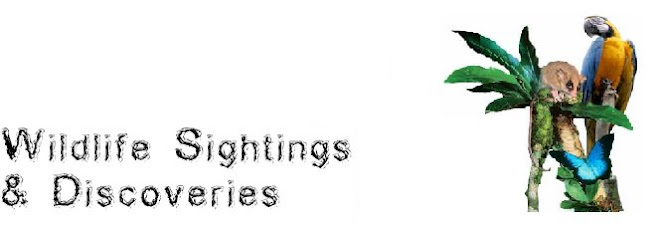
The future is looking up for Western Australia's native mammal emblem, the numbat, following the release of 13 numbats into a site near Ravensthorpe this month.
The Department of Environment and Conservation (DEC) translocated the numbats into Cocanarup Timber Reserve as part of the DEC wildlife recovery program Western Shield. DEC principal research scientist Tony Friend said six captive-bred numbats from Perth Zoo and seven wild numbats from Dryandra Woodland, near Narrogin, were released.
"In total two adult females, six subadult (born in January 2008) males and five subadult females were released into Cocanarup, as part of the third release of numbats at the reserve since 2006," Dr Friend said.
Cocanarup Timber Reserve
"Cocanarup Timber Reserve was chosen as a numbat translocation site as it is baited each month for fox control under the Western Shield baiting program, plus it is an area of eucalypt woodland with good densities of hollow logs and termites, both of which are required by numbats. All numbats are fitted with radio collars so they can be monitored throughout their lives, with the collars being changed every four months before the battery fails."
Breeding
Numbats mate mostly in early to mid January and the young only become independent in October, with translocations done in December while both adult females and their young can be moved and still be given time to settle in before the mating season.
The numbat is classified as ‘Vulnerable' on State and Federal lists but has recently been elevated to ‘Endangered' in the World Conservation Union (IUCN) Red List of Threatened Species.
Predation
"Numbats are constantly under threat from native predators, particularly birds of prey and carpet pythons, while additional predation by foxes and cats can determine whether a population survives or becomes extinct," Dr Friend said.
"Numbats eat only termites and the supply of termites is critical in areas with numbat populations. Several recent sightings of an uncollared numbat at Cocanarup, which is most likely the progeny of a translocated numbat, have caused great excitement and indicate that the translocation is working."
Funding for the translocation is provided by the Western Shield Translocation Plan and Federal Government Natural Heritage Trust funding through South Coast NRM.




.jpg)
No comments:
Post a Comment